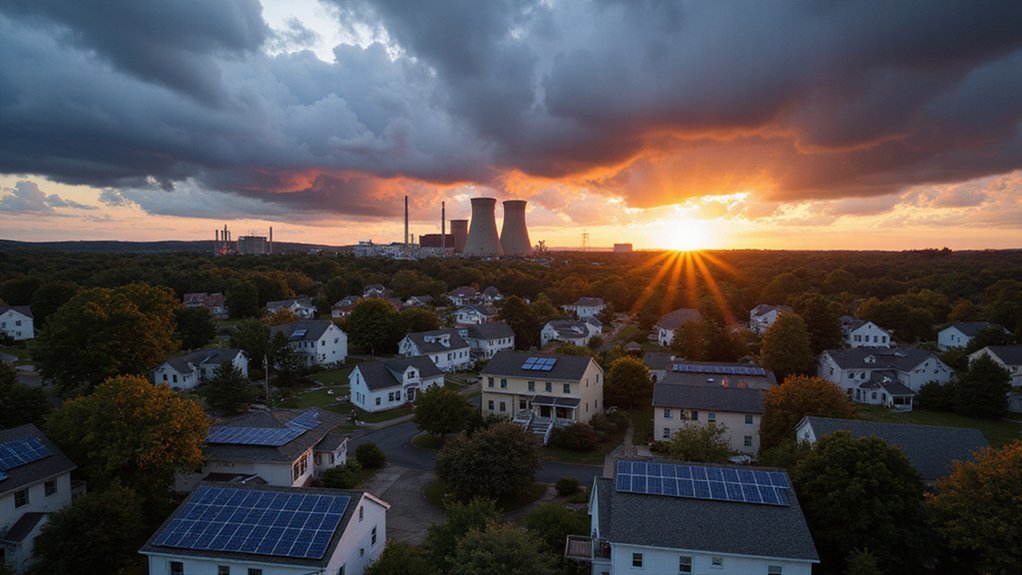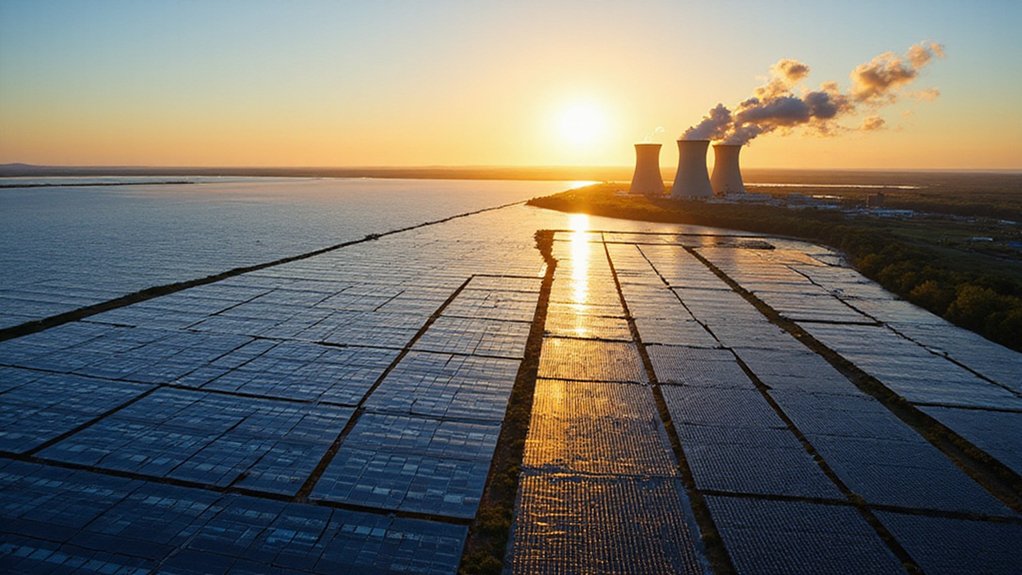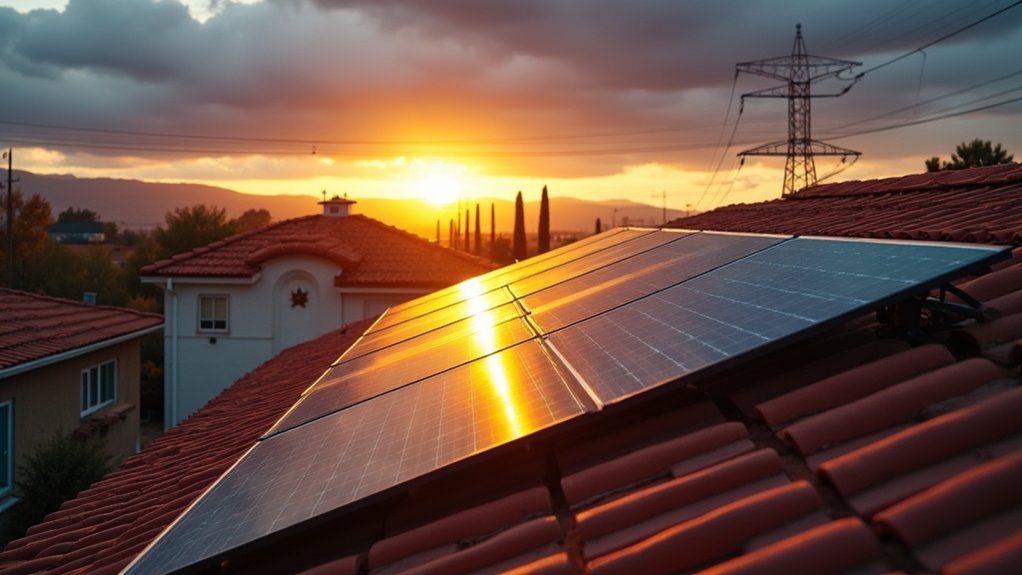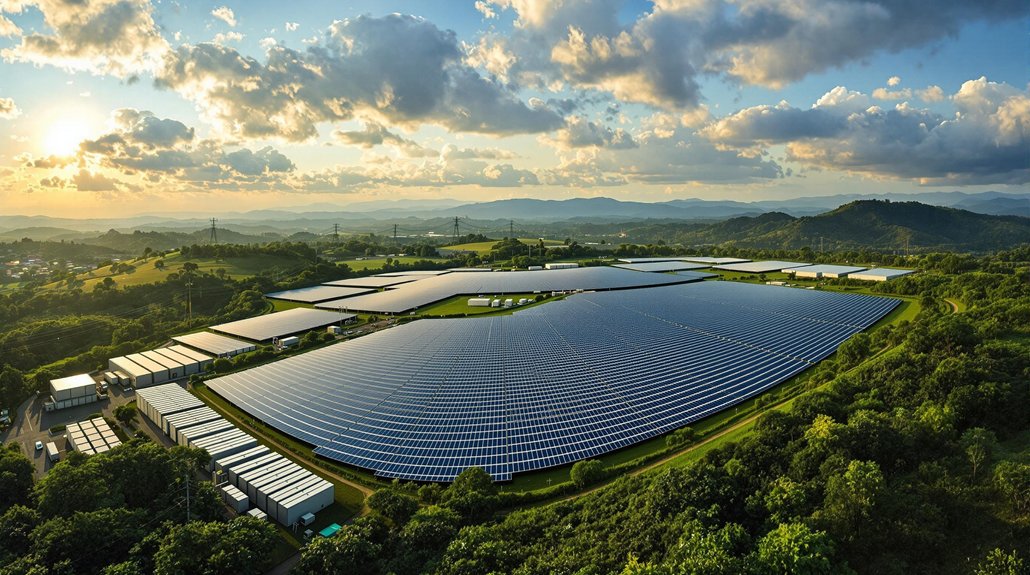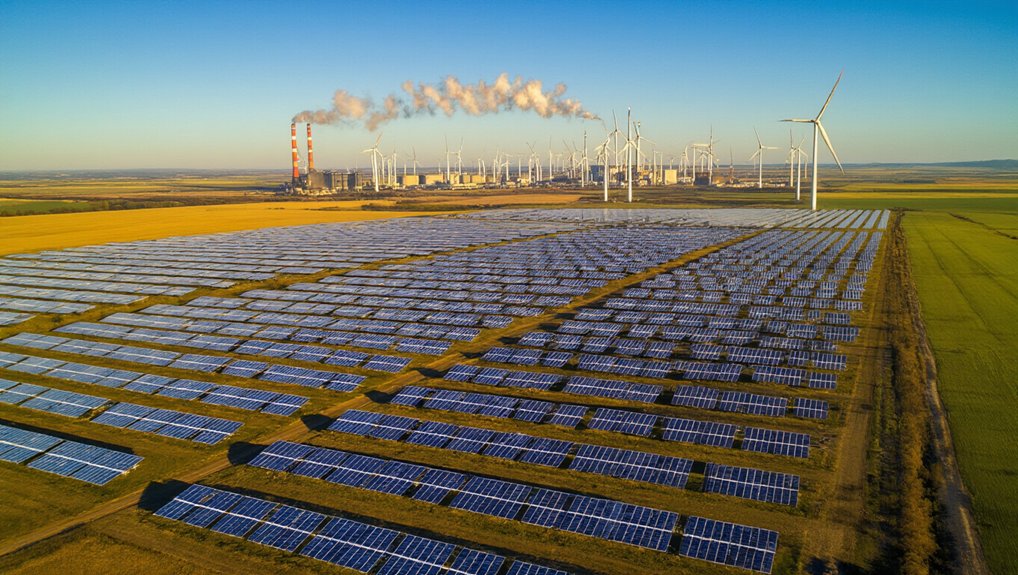Solar panels saved New England from a massive blackout last month. On June 24, as temperatures soared and traditional power plants failed spectacularly, nearly 400,000 rooftop solar installations across the region stepped up. They delivered a whopping 4.4 gigawatts—that’s 22% of total electricity demand—precisely when the grid needed it most.
The timing couldn’t have been better. Several big power plants went offline during the heatwave. Wholesale electricity rates shot past $1,000 per megawatt-hour. Yikes. Without those solar panels quietly doing their thing on rooftops everywhere, millions would’ve been sitting in the dark.
New England’s solar scene is impressive. About 7,500 megawatts of distributed solar capacity exists across the region, mostly from small installations of 5 megawatts or less. On sunny days, these systems can supply over half of midday electricity demand. Not too shabby for technology some still dismiss as “alternative.” This dramatic growth from less than 80 MW in 2010 to over 7,300 MW by the end of 2023 represents a tremendous expansion of capacity throughout the six New England states.
Grid operators don’t directly control these solar assets. They’re effectively treated as reductions in demand—invisible power plants hiding in plain sight. The impact? A dramatically altered demand curve. The infamous “duck curve” is now reality, with demand plummeting midday before spiking again in evening hours.
The financial savings are substantial. That single day in June? Rooftop solar helped avoid more than $20 million in costs. Virtual power plants—networks of solar panels and home batteries working together—save millions annually by reducing grid purchases when electricity is most expensive. Vermont’s Green Mountain Power demonstrated this effectiveness with its 72 MW Virtual Power Plant, projecting customer savings of approximately $3 million this year.
Beyond economics, there’s resilience. These distributed energy sources provide localized power generation, reducing strain on transmission lines and aging infrastructure. When traditional plants falter, solar keeps humming along. This mirrors the global trend where solar accounted for three-quarters of all new renewable capacity added worldwide in 2023.
The growth of solar has forced improvements in forecasting technology too. Grid operators had to step up their game to predict and manage these fluctuating resources. Turns out those panels on your neighbor’s roof aren’t just for show—they’re keeping the lights on when it matters most.
References
- https://www.iso-ne.com/about/where-we-are-going/solar-power-impact
- https://www.energycentral.com/energy-management/post/news-a-heat-wave-hit-new-england-s-grid-clean-energy-saved-the-day-boQ4bTFDcpFaM6l
- https://pv-magazine-usa.com/2025/04/23/solar-power-generation-sets-new-record-in-new-england/
- https://www.eia.gov/todayinenergy/detail.php?id=53239
- https://ctmirror.org/2025/05/23/new-england-electric-grid-future/
